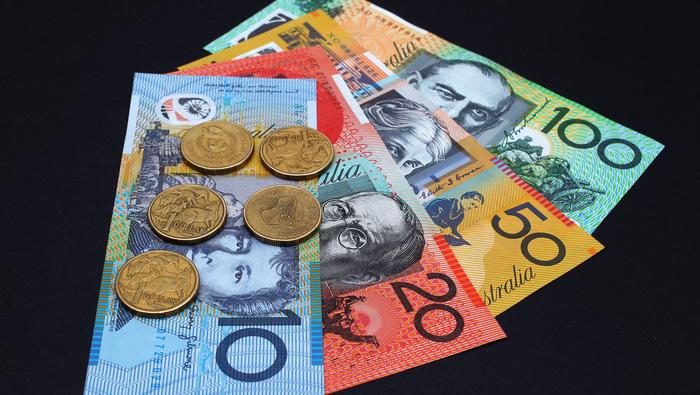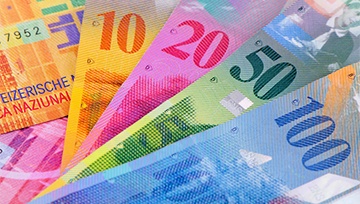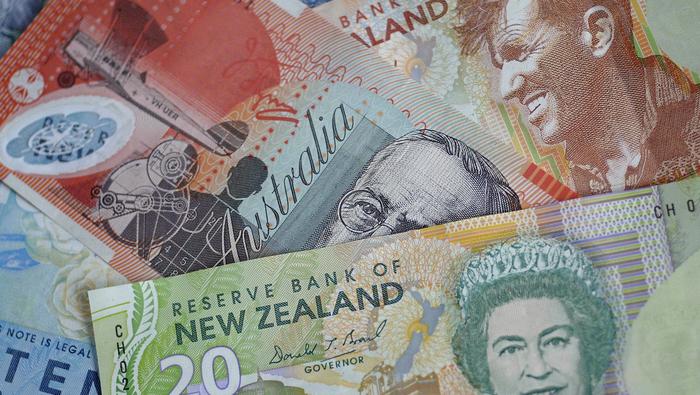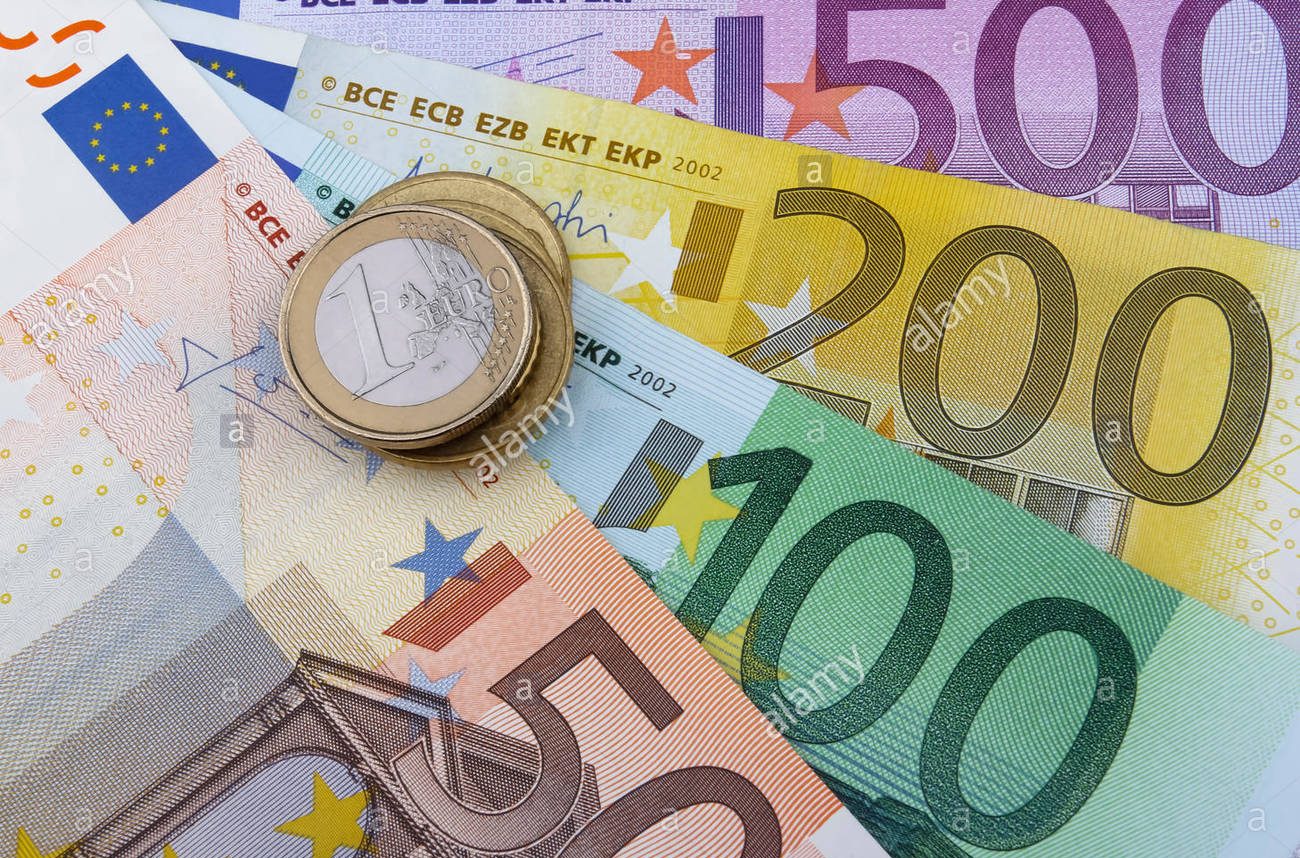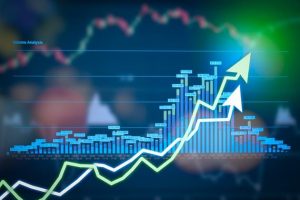
At the moment, I am looking at a few different factors for it. I do find myself that the Aussie is really faring independently of what we see on the Euro side of things and what we’re seeing in the U.S. Usually, we get a comparison between one of the two. And the rate of difference between both of them in a percentage term is a little bit above 2%. So we can sort of say that it’s not de-valuing on one side of the Euro or the U.S., and it is actually the Australian dollar that’s increasing in value.
There are a number of things that are going on in our economy right now that sort of push towards us being a little bit stronger than we may have been pre-COVID levels. Some of them would obviously include the iron ore situation that we’ve got going on now, where we’ve got less productivity coming out of South America and South Africa. And we’re kind of feeling this little bit of a void that’s going on there. The other things that are going on are that we’re exiting the lockdown phases. The economy is starting to restart. We’ve had a really low rate of COVID infections, and that curve is really starting to taper off. So hopefully, this all means of putting it together, that it is going to be a good solution down the track for us, and the economy is going to start to recover quite quickly.
Are we going to see foreign direct investment coming back to Australia? Or is there a reason to avoid that investment now?
I don’t think there really is. The biggest risk that we really do have is that if we were to open up borders tomorrow, and then we got another cluster of infections to occur. Now, if we were to end up with another set of infections, then it would mean another lockdown. And then eventually that would mean that we’re going to run into some troubles there on the economic front. So from that sort of point of view, I think there is a chance for foreign investment here into Australia quite well.
The other side of this is sort of being considered by myself, is that the Hong Kong situation, even though it is expanding and it’s obviously not here in Australia, the idea of a capital flight going towards either Singapore or here is certainly an attractive piece. So with the economy starting to expand quite quickly, Australia and Singapore are both sort of having that increase on the economy starting to open back up again, infections going down. So either one is going to be a good outcome. Hopefully, it means that we are going to see some more foreign investment coming into Australia and hopefully some big businesses as well that like to set up a new headquarters to reach the Asia Pacific region.
How closely are you watching the RBA today? And any commentary that may come in that statement will we see any changes in terms of rhetoric from the RBA around the AUD?
I am not so certain that there is going to be a change in the interest rate today. I think I was looking at some earlier marks before that were saying that it was probably about a 54% chance of them actually dropping it down to zero. Now, I don’t think that’s going to be likely. It hasn’t been that long between when we first went into lockdown, and we had our rates cut, and there’s really not enough data for them to sort of go off just at this stage. We really want to see a little bit more and possibly get through the end of earning season number two.
But what we are also sort of paying attention to on the RBA factor is that they’ve actually been a little bit more political in the last week or two than you would usually find. Usually, when it comes to the RBA, they stick entirely to their monetary policy stuff. But today or in a week or so, they’ve really been a little bit more on the fiscal side of things, saying that they’d like to see perhaps more fiscal policy to support the economy and that they’re really in a wait and see type of point in time right now. They’re waiting to see what’s going to happen over the next couple of months.
We know so far already that stimulus is set to be sort of ending in about September, and the RBA’s position is we want to see what happens to the economy first before we actually cut off that stimulus, hence, why they’ve gotten a little bit more political than they usually would, saying that we’re going to remain supportive of the economy and the fiscal side should also support that.
So that’s what I’m really looking for today. I’m looking for what they’re going to be saying and what their position is really going to be on post-September, but I don’t think we’ll get all the answers today from it anyway.
Where is the standoff on Negative rates in Australia?
Look, to really get in on that, you’d have to look at the data that they’re sort of offering. I mean, if there’s only going to be the 20% chance of getting to negative, then it’s probably a little far track to sort of say that that’s going to be a definite scenario. Naturally, for the Australian economy, we want to avoid that chance of ending up like Japan has for the last decade with negative rates.
I imagine the RBA is looking very, very closely at those sort of economic pieces of data that would suggest that we want to stay away from that as much as possible. And so, I don’t think there’s going to be that much attraction for them to put it into negative territory. There are other measures that they can deal with instead. Naturally, on the fiscal side, which is where they’re becoming a little bit more, I suppose, albeit political about it, they could try and push for more fiscal policies so that we can avoid that going into a negative rate.

